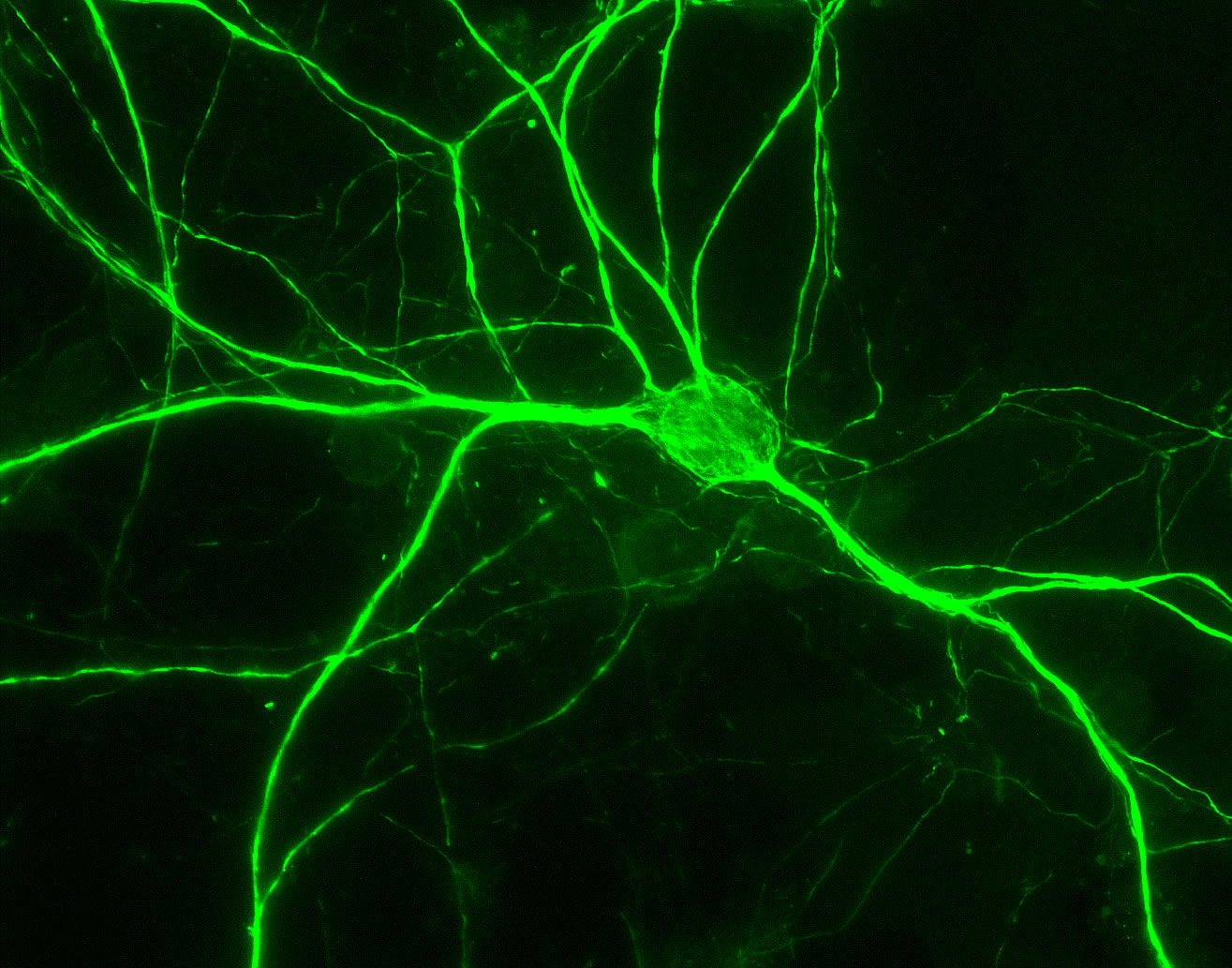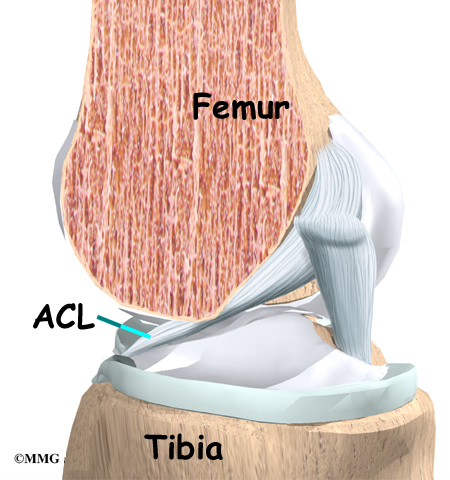Some obvious changes we see in the mother is no doubt, the growing belly... Others include weight gain, mood swings, cravings, and morning sickness.
 |
| http://www.telegraph.co.uk/finance/personalfinance/insurance/travel/10667685/ Travel-cover-shock-for-pregnant-women.html |
 |
| http://www.bodybuilding.com/fun/3-tips-pulverize-cravings.htm |
Now if we dive a little deeper than the anatomical changes, we run into the physiological changes. The first one we see is a hormone change. Progesterone and estrogen increase dramatically for the purpose of stopping menstruation. We also see a change in the cardiovascular symptoms. Plasma volumes must increase and blood flow rates must also increase to accommodate to the growing fetus. The forming of the placenta and umbilical cord occurs within the uterus to nourish and protect the fetus. During and after birth, breast size increases due to hormonal changes and also to prepare for lactation so the child may be fed.
From Visible Health Solutions
From the video above we even see changes in the skeletal system during pregnancy.
When nine months wraps around, pregnant women begin to experience contractions. These contractions may happen very far apart from each other when they first begin but they soon become more rhythmic as birth approaches. These contractions are the tightening of the abdominal muscles to eventually push the baby out of the womb and into the world.
Complications from pregnancy include breech birth, premature birth, and various birth defects. Breech birth occurs when the baby doesn't get the memo that it needs to turn around before it is born. Premature birth has a number of causes. The main cause is when the body secretes hormones causing the process of labor to begin earlier than it should. The baby may not be fully developed if it is premature and can experience other complications. Other birth defects can also occur. An example is down syndrome. Many factors such as alcohol consumption and smoking during pregnancy can increase the risk of birth defects. Here is a list containing specific birth defects and their risk factors. From CDC website. http://www.cdc.gov/ncbddd/birthdefects/data.html
Birth Defects*
|
Cases per Births
|
Estimated Annual
Number of Cases |
|---|---|---|
Adjusted for maternal race/ethnicity**
| ||
Central nervous system defects
| ||
1 in 4,859
|
859
| |
Spina bifida without anencephaly
|
1 in 2,858
|
1,460
|
1 in 12,235
|
341
| |
Eye defects
| ||
Anophthalmia/microphthalmia
|
1 in 5,349
|
780
|
Cardiovascular defects
| ||
Common truncus
|
1 in 13,876
|
301
|
1 in 3,333
|
1,252
| |
1 in 2,518
|
1,657
| |
Atrioventricular septal defect
|
1 in 2,122
|
1,966
|
1 in 4,344
|
960
| |
Orofacial defects
| ||
1 in 1,574
|
2,651
| |
1 in 940
|
4,437
| |
Gastrointestinal defects
| ||
Esophageal atresia/tracheoesophageal fistula
|
1 in 4,608
|
905
|
Rectal and large intestinal atresia/stenosis
|
1 in 2,138
|
1,952
|
Musculoskeletal defects
| ||
Reduction deformity, upper limbs
|
1 in 2,869
|
1,454
|
Reduction deformity, lower limbs
|
1 in 5,949
|
701
|
1 in 2,229
|
1,871
| |
1 in 5,386
|
775
| |
Diaphragmatic hernia
|
1 in 3,836
|
1,088
|
Adjusted for maternal age**
| ||
Chromosomal anomalies
| ||
Trisomy 13
|
1 in 7,906
|
528
|
1 in 691
|
6,037
| |
Trisomy 18
|
1 in 3,762
|
1,109
|














